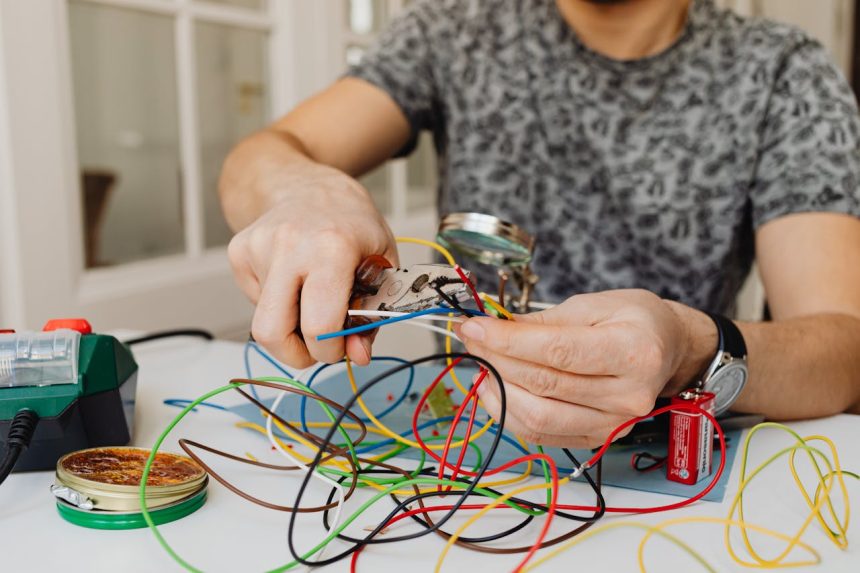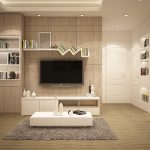Understanding how to handle basic electrical repairs can save you time and money while keeping your home safe. These simplified tips are perfect for homeowners looking to address common electrical issues without professional help.
Always Prioritize Safety
Before starting any electrical repair, turn off the power to the affected area at the circuit breaker. Use a voltage tester to confirm there’s no electricity flowing to the wires. Always wear insulated gloves and use tools with rubber handles to minimize risk.
Repairing a Flickering Light
Flickering lights are often caused by loose bulbs or connections. Tighten the bulb and check for any corrosion on the socket. If the problem persists, turn off the power, remove the fixture, and inspect the wiring. Tighten loose connections or replace damaged components as needed.
Installing a New Light Fixture
Upgrading a light fixture is a simple way to refresh a room. Start by turning off the power and removing the old fixture. Connect the new fixture’s wires to the corresponding wires in the ceiling: black to black (hot), white to white (neutral), and green or bare to the ground. Secure the fixture, restore power, and enjoy your updated lighting.
Fixing a Tripped GFCI Outlet
Ground Fault Circuit Interrupter (GFCI) outlets often trip to prevent electrical shocks. If a GFCI outlet stops working, press the “reset” button to restore functionality. If the reset doesn’t work, check for other tripped GFCI outlets on the same circuit, as they can impact one another.
Replacing a Damaged Power Cord
Frayed or damaged power cords are hazardous but easily replaced. Cut off the damaged section, strip the wires, and attach a new plug using screw terminals. Ensure the connections are tight and secure before using the appliance again.
Understanding When to Call a Professional
While DIY repairs can address many minor issues, some situations require professional expertise. If you encounter frequent breaker trips, sparking outlets, or outdated wiring, consult a licensed electrician to ensure your home’s safety and compliance with electrical codes.





